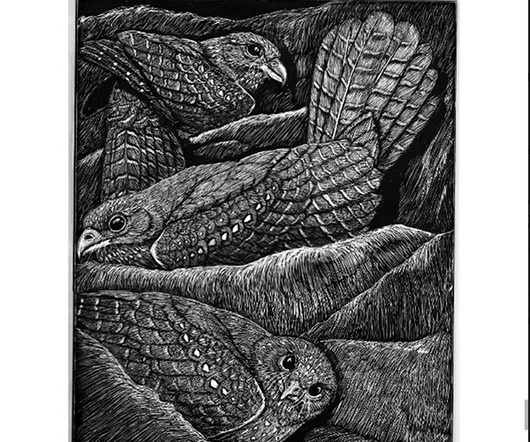Bird Day: A Story of 24 Hours and 24 Avian Lives–A Book Review
10,000 Birds
JANUARY 2, 2024
The scope is worldwide; of the 24 birds depicted, five are from the Americas; five from Eurasia; three from New Zealand; two from Australasia; three from Africa; one from Africa and Asia; one from Antarctica; two worldwide, and two from Asia, introduced worldwide. © 2023 Tony Angell; © 2023 Mark E.




















Let's personalize your content